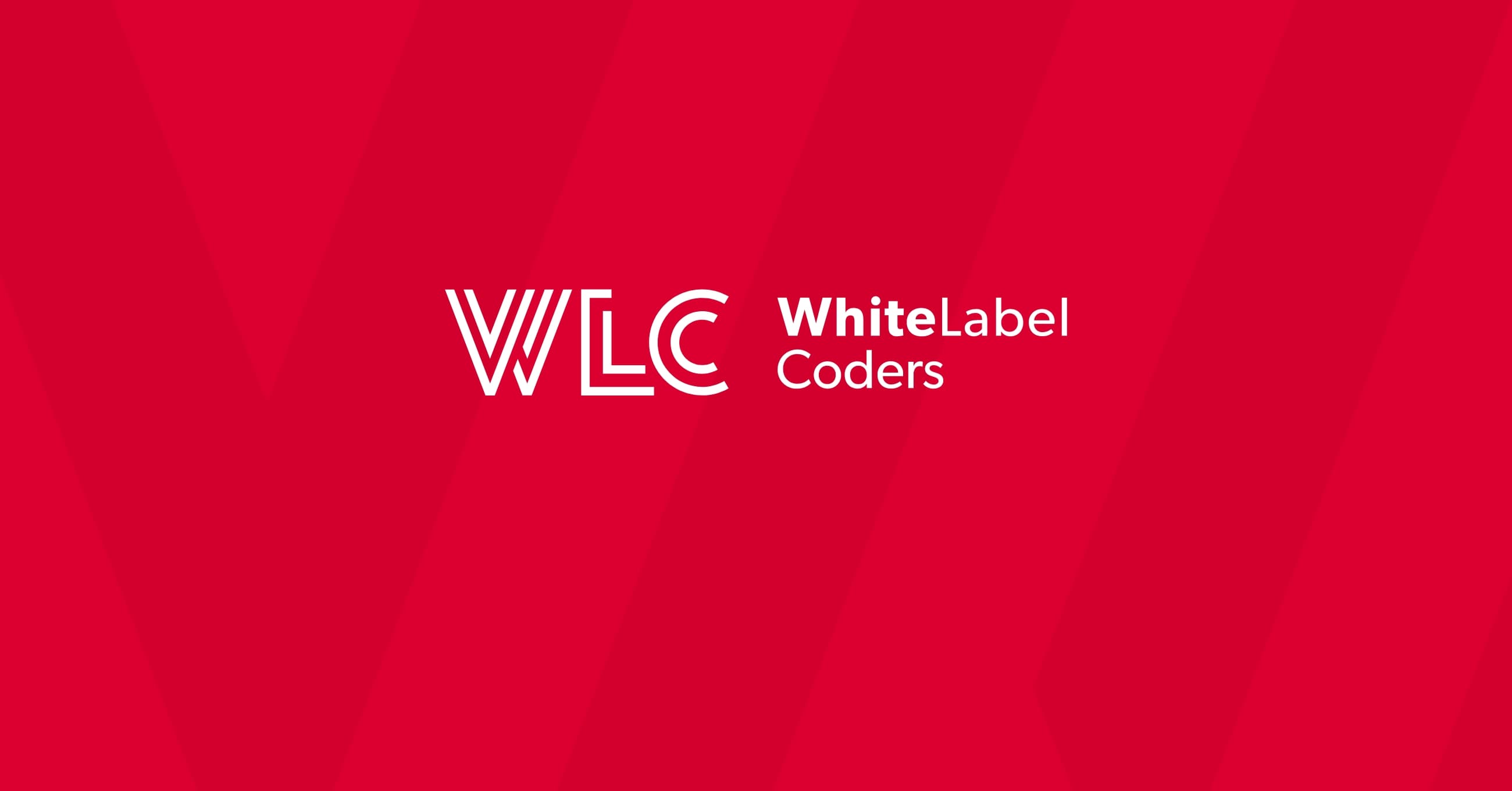Category: SEO AI
Can you fully customize WordPress?

Yes, you can fully customise WordPress to meet virtually any requirement. WordPress offers unlimited customisation possibilities through its flexible architecture, from simple visual modifications to complete custom applications. You can customise themes, plugins, functionality, database structure, and even core features whilst maintaining the platform’s stability and update compatibility when following proper development practices.
Understanding WordPress customisation possibilities
WordPress’s open-source architecture makes it one of the most customisable content management systems available today. The platform’s flexibility stems from its modular design, which separates content, presentation, and functionality into distinct layers.
At its foundation, WordPress provides a robust framework that developers can extend infinitely. Whether you need a simple blog modification or a complex web application, WordPress can accommodate your requirements through various customisation approaches.
The extent of customisation ranges from basic modifications like changing colours and fonts to developing complete custom solutions such as e-learning platforms, multi-vendor marketplaces, or subscription-based services. This versatility has made WordPress the platform of choice for everything from personal blogs to enterprise-level applications.
What exactly can be customised in WordPress?
Nearly every aspect of WordPress can be modified to suit your specific needs. The platform’s modular structure allows for comprehensive customisation across multiple layers.
Visual elements include themes, templates, stylesheets, and layout structures. You can completely redesign the user interface, create custom page layouts, and implement unique design systems that reflect your brand identity.
Functional customisation encompasses plugins, custom post types, user roles, and workflow processes. You can add new features, modify existing functionality, and create entirely new user experiences tailored to your business requirements.
Database customisation allows for custom fields, new table structures, and modified data relationships. This enables you to store and manage any type of content or information your project requires.
Administrative interface modifications can streamline content management workflows, add custom dashboard widgets, and create role-specific admin experiences for different user types.
How do you customise WordPress themes and appearance?
Theme customisation begins with child themes, which provide a safe foundation for modifications that won’t be lost during updates. This approach protects your customisations whilst maintaining the ability to receive parent theme updates.
Custom CSS allows for precise control over visual elements without modifying core files. You can adjust colours, typography, spacing, and layout elements through targeted stylesheet modifications.
Template modifications involve editing PHP files to change how content is displayed and structured. This includes creating custom page templates, modifying loop structures, and implementing unique layout designs.
Complete custom theme development offers unlimited creative freedom. Professional developers can build themes from scratch, incorporating specific design requirements, performance optimisations, and unique functionality that perfectly matches your vision.
Modern theme customisation also includes responsive design considerations, ensuring your custom WordPress website performs optimally across all devices and screen sizes.
What are the different approaches to WordPress functionality customisation?
Plugin development represents the most common approach to adding new functionality. Custom plugins can introduce entirely new features whilst maintaining clean separation from your theme and core WordPress files.
Custom post types and fields allow you to manage different content types beyond standard posts and pages. This approach is perfect for portfolios, product catalogues, event listings, or any specialised content structure.
Hooks and filters provide powerful integration points throughout WordPress. These allow developers to modify existing functionality, add new features at specific points in the WordPress execution cycle, and create seamless integrations.
Custom functions can be added through your theme’s functions.php file or a custom plugin. These modifications can alter WordPress behaviour, add new capabilities, and integrate with external systems.
API integrations enable connections with third-party services, CRM systems, payment gateways, and other external platforms. This connectivity transforms WordPress into a central hub for your digital ecosystem.
How do you modify WordPress without breaking updates?
Safe customisation practices ensure your modifications survive WordPress updates and maintain site stability. Version control systems track all changes and provide rollback capabilities when issues arise.
Child themes protect theme customisations from being overwritten during parent theme updates. This approach maintains your visual customisations whilst allowing you to benefit from security updates and new features.
Staging environments provide safe testing grounds for all modifications before implementing them on live sites. This practice prevents disruptions to your active website whilst ensuring customisations work correctly.
Custom plugins keep functional modifications separate from themes and core files. This separation ensures your custom features remain intact regardless of theme changes or WordPress updates.
Documentation of all customisations helps maintain your site over time and assists future developers who may work on your project. Proper documentation includes modification purposes, implementation details, and any dependencies.
What are the limitations of WordPress customisation?
Whilst WordPress offers extensive customisation possibilities, certain technical constraints may influence your approach. Performance considerations become important as customisations increase in complexity and scope.
Server resource limitations can affect highly customised sites, particularly those with complex database queries, extensive plugin usage, or resource-intensive custom functionality. Proper optimisation becomes crucial for maintaining site speed.
Security implications arise when customisations aren’t properly implemented or maintained. Custom code requires ongoing security updates and monitoring to prevent vulnerabilities.
Maintenance overhead increases with customisation complexity. Highly customised sites require more technical expertise for updates, troubleshooting, and ongoing maintenance compared to standard WordPress installations.
In some cases, alternative platforms might better serve specific requirements. Complex web applications with minimal content management needs might benefit from custom development frameworks rather than WordPress-based solutions.
How do you choose between DIY and professional WordPress customisation?
The decision between self-customisation and professional development depends on several key factors. Project complexity often determines whether DIY approaches are feasible or if professional expertise is necessary.
Technical expertise requirements vary significantly between basic customisations and advanced development projects. Simple modifications like CSS changes or plugin configurations can often be handled independently, whilst complex custom development requires professional skills.
Timeline considerations play a crucial role in this decision. Professional developers can typically deliver results faster due to their experience and dedicated focus on your project.
Long-term maintenance requirements should influence your choice. Professional WordPress custom development often includes ongoing support and maintenance services, ensuring your customisations remain functional and secure over time.
Budget considerations must balance immediate development costs against long-term value and maintenance requirements. Professional development may have higher upfront costs but can provide better long-term value through proper implementation and ongoing support.
Key takeaways for successful WordPress customisation
Successful WordPress customisation requires careful planning and adherence to best practices throughout the development process. Proper preparation ensures your customisations meet current needs whilst remaining adaptable for future requirements.
Always prioritise update-safe modification methods such as child themes, custom plugins, and proper use of WordPress hooks and filters. These approaches protect your investments whilst maintaining site security and functionality.
Consider performance implications from the beginning of your customisation project. Efficient code, optimised database queries, and proper caching strategies ensure your customised site remains fast and responsive.
Documentation and version control become increasingly important as customisation complexity grows. These practices facilitate maintenance, troubleshooting, and future development work.
Professional development services can provide significant value for complex projects, offering expertise in WordPress architecture, security best practices, and ongoing maintenance support. Whether you choose DIY approaches or professional development, WordPress’s flexibility ensures your vision can become reality.

